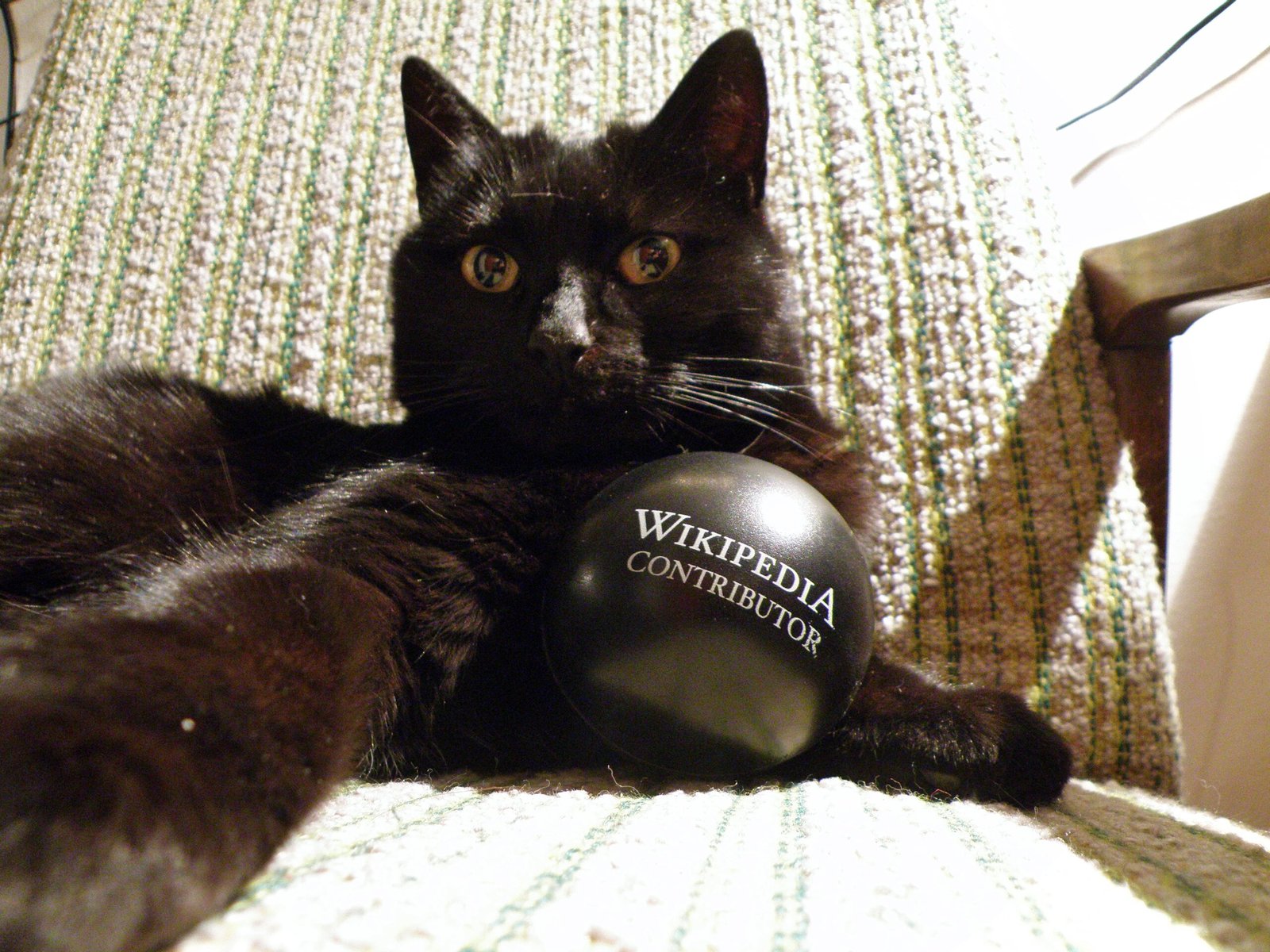Have you ever watched your cat dart under the bed at the slightest sound, or seen her eyes grow wide with panic when the doorbell rings? Living with a high-strung cat can sometimes feel like tiptoeing through a thunderstorm—one wrong move, and the clouds burst. But here’s the wonderful secret: you can become your cat’s anchor, the calm in her chaos. It’s not about magic or fancy tricks, but about small, heartfelt changes in your daily routine. Whether you’re a first-time cat parent or a seasoned feline friend, being that grounding presence is both a gift and a journey. Let’s step into your cat’s world and discover how you can help her find peace, one gentle moment at a time.
Understanding High-Strung Cat Behavior

High-strung cats aren’t just “difficult”—they’re often misunderstood. Their nervousness can come from genetics, past experiences, or even just the environment around them. You might notice your cat is jumpy, hides often, or reacts with sudden bursts of energy. These behaviors are her way of coping with a world that feels overwhelming. Imagine how you’d feel if every day felt like a surprise pop quiz! Recognizing these signs is the first step toward helping her. The more you understand her unique nature, the easier it becomes to offer support and comfort. Patience, observation, and empathy are your best tools here.
Creating a Safe Space

A secure environment is like a cozy fortress for your cat. High-strung cats crave places where they can retreat and recharge. Think soft blankets, covered beds, or a quiet corner away from the hustle and bustle. You can make this space even more inviting with familiar scents or a favorite toy. The key is to let your cat claim this spot as entirely her own. Don’t force her out or invade her space; let her come and go as she pleases. Over time, her safe space becomes her sanctuary, and she’ll learn that there’s always a peaceful place to return to when the world feels too much.
Establishing Routine and Consistency

Cats are creatures of habit, and high-strung ones thrive on predictability. Feeding her at the same times each day, keeping play sessions regular, and sticking to a familiar bedtime routine can make a huge difference. These little rituals help your cat know what to expect, easing her anxiety. Even small disruptions can throw her off, so try to keep changes to a minimum. If you have to alter her schedule, do it gradually and gently. With time, these patterns become a comforting rhythm, like a soothing lullaby she can rely on.
Using Your Voice as a Calming Tool

Your voice is more powerful than you might think. Soft, gentle tones can work wonders for a nervous cat. When she’s startled, try speaking slowly and quietly, using her name in a reassuring way. Avoid sudden loud noises or shouting, as this can spike her anxiety. Even reading aloud in a calm, steady voice can help—your words become a gentle background hum, reminding her that she’s safe. Many cat owners find that singing softly or humming around their cats creates a sense of comfort and familiarity.
Practicing Mindful Body Language

Cats are expert body language readers. Quick movements or looming over them can feel intimidating. Instead, keep your movements slow and predictable. Try sitting or kneeling at her level, letting her come to you rather than reaching out. Avoid direct eye contact, which can be perceived as threatening; soft blinks or looking away shows you’re not a danger. If she seems nervous, quietly back off and give her space. Over time, these mindful gestures will signal to your cat that you’re a safe, non-threatening presence.
Engaging in Gentle, Interactive Play

Playtime isn’t just for exercise—it’s a powerful way to build trust and reduce stress. Choose toys that mimic natural prey, like feather wands or small plush mice. Move them slowly and predictably, letting your cat set the pace. Watch for signs that she’s getting overstimulated, like a twitching tail or dilated pupils, and take breaks as needed. Interactive play helps her burn off nervous energy in a positive way and gives her a sense of control. It’s also a beautiful bonding experience, one that says, “I’m here, and I want to understand you.”
Recognizing Overstimulation and Respecting Limits

High-strung cats can go from happy to overwhelmed in the blink of an eye. Learn to recognize the signs—flattened ears, swishing tails, or sudden nips. When you see these cues, give her space immediately. Never force interaction or punishment, as this can break her trust. Instead, let her retreat to her safe space and cool down. By respecting her boundaries, you show her she’s in control of her environment. Over time, she’ll feel more secure knowing you’re attentive to her needs.
Incorporating Calming Scents and Products

Scent is a powerful comfort for cats. Products like pheromone diffusers or calming sprays can help ease anxiety in high-strung kitties. You might also try placing an item of your worn clothing in her safe space—your familiar smell can be deeply reassuring. Some cat owners use herbs like valerian or catnip, but always check if your cat responds well before regular use. The goal is to create an environment filled with familiar, soothing scents that tell her, “You’re home, and you’re safe.”
Providing Elevated Perches and Hiding Spots

Cats love to observe the world from above, and high-strung felines especially appreciate having options. Cat trees, window perches, or even a clear shelf can become her lookout towers. Hiding spots, like covered beds or cardboard boxes, offer a quick escape when she feels threatened. These vertical and enclosed spaces give her control over her environment, which is essential for reducing stress. Think of it like giving her a secret clubhouse—somewhere she can watch, retreat, and breathe easy.
Offering Predictable Social Interactions

Social time should be on your cat’s terms. Let her initiate contact, whether it’s a gentle head bump or curling up beside you. Avoid picking her up if she doesn’t like it, and respect her signals to stop. If guests come over, let your cat decide if she wants to interact or hide. Predictable, low-pressure interactions help her build confidence. With patience, she may surprise you by seeking out your company more and more.
Using Food as Comfort and Motivation

Food is more than just fuel—it’s a source of comfort and bonding for cats. Use treats or special meals to reward calm behavior or encourage positive experiences. Puzzle feeders or slow feeders can make mealtime more engaging and less stressful. Never use food as a bribe for unwanted behavior, but rather as a gentle encouragement. Over time, food rituals can become a source of joy and security, making her world feel a little less scary.
Managing Household Noise and Activity

Loud noises or chaotic environments can be overwhelming for high-strung cats. Try to minimize sudden sounds, like slamming doors or loud music. If you have children or other pets, teach them to respect your cat’s need for quiet. Consider using white noise machines or soft music to mask jarring sounds from outside. A peaceful, predictable environment goes a long way in helping your cat feel grounded and secure.
Practicing Regular Grooming and Handling

Grooming is more than just keeping your cat clean—it’s an opportunity to build trust. Start with short, gentle brushing sessions, rewarding her with treats and praise. Don’t force her if she’s uncomfortable; instead, let her guide the pace. Over time, regular, positive handling can help her feel more at ease with touch. It’s a slow process, but the reward is a stronger bond and a calmer cat.
Seeking Support from Veterinary and Behavioral Experts

Sometimes, anxiety in cats can be rooted in health or deeper behavioral issues. If your cat’s stress seems severe or unmanageable, don’t hesitate to consult a veterinarian or feline behaviorist. They can rule out medical problems and offer tailored advice or treatment plans. Medication or supplements may be recommended in some cases, but always under professional guidance. Remember, seeking help isn’t a sign of failure—it’s a sign of love and commitment to your cat’s well-being.
Modeling Calm Behavior Yourself

Cats are like emotional sponges—they pick up on your mood and energy. If you’re tense or stressed, your cat may mirror those feelings. Try to practice calmness around her, even when things get hectic. Deep breaths, slow movements, and a steady voice can all signal safety. It’s a bit like being the eye in a storm: the more grounded you are, the more she’ll trust that everything is okay. Sometimes, being her rock is as simple as just being present.
Celebrating Small Victories Together

Progress with a high-strung cat is often slow and subtle. Celebrate every small victory—a new spot explored, a longer cuddle, a brave step into the living room. These moments are huge milestones for her and for your relationship. Keep a journal or share stories with friends; it helps to remember how far you’ve come. Every day is a step toward a calmer, more trusting bond. Isn’t it amazing how the tiniest triumphs can feel like winning the lottery?
Building a Lifelong Bond Through Trust

At the heart of it all is trust—a fragile, beautiful thing that grows with patience and care. By becoming a grounding presence, you’re not just easing her fears; you’re building a foundation for a lifetime of love. Every gentle word, every soft touch, every moment of understanding adds another brick to your bond. In time, you’ll see it in her eyes: the look that says, “With you, I’m safe.” Isn’t that what every cat lover dreams of?

Linnea is a born and bred Swede but spends as much time as possible in Cape Town, South Africa. This is mainly due to Cape Town’s extraordinary scenery, wildlife, and atmosphere (in other words, because Cape Town is heaven on earth.) That being said, Sweden’s majestic forests forever hold a special place in her heart. Linnea spends as much time as she can close to the ocean collecting sea shells or in the park admiring puppies.






